
Among triptan non/past use and current use patients, investigators observed refill decreases of 15.3% and 16.8%, respectively, in the 9 months following rimegepant treatment.

Marco Meglio, Assistant Managing Editor for NeurologyLive, has been with the team since October 2019. Follow him on Twitter @marcomeglio1 or email him at [email protected]

Among triptan non/past use and current use patients, investigators observed refill decreases of 15.3% and 16.8%, respectively, in the 9 months following rimegepant treatment.

As a result of treatment with the Vercise Genus DBS system, patients reduced their use of anti-parkinsonian medications while maintaining improvements in quality of life.

Following the switch to ubrogepant, more than half of patients with migraine had reduced use of triptans and more than one-third of patients had reduced use of anti-inflammatory drugs.
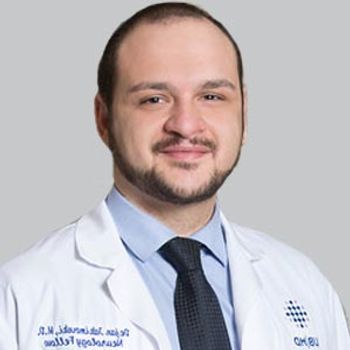
Dejan Jakimovski, MD, PhD, research assistant professor, Buffalo Neuroimaging Analysis Center, discussed his presentation at AAN 2022 on the associations between cerebral hypoperfusion and increased axonal pathology in MS.

All patients received 100% of the intended stimulations, with no reported deaths, stimulation site reactions, or any cases of acute coronary syndrome or symptomatic intracerebral hemorrhage.

Among those who took their second nighttime sodium oxybate dose 4 hours after their first, 42% claimed they felt somewhat, quite a bit, or extremely groggy or unsteady the next morning.

The pediatric epileptologist at Cleveland Clinic’s Epilepsy Center discussed data presented at AAN 2022 on the use of ganaxolone in CDD, as well as how its recent approval sets the stage for the future.

Low annualized relapse rates determined by investigator were observed and sustained over a 3.5-year period with treatment of satralizumab.

In the AAN 2022 presidential plenary session, a trio of neurologists discussed a variety of issues stemming from the COVID-19 pandemic and how they impacted research efforts in neurological diseases.

At week 26, patients on ABBV-951 had mean increases of 3.24 hours in ON time and decreases of 2.94 hours of OFF time, which was similar to previously reported studies.

After switching from nusinersen to Zolgensma 147 days into life, the infant scored a 64 on CHOP-INTEND score, considerably higher than what is observed in the natural history.

At 2 hours post-stimulation, 42.5% of those on the Cefaly device had absence of most bothersome symptoms compared with 34.1% of those in the sham group.

On fluorodeoxyglucose PET, pepinemab slowed or reversed decline in metabolic activity in all 26 brain regions observed, with significant benefit found in 15 regions.
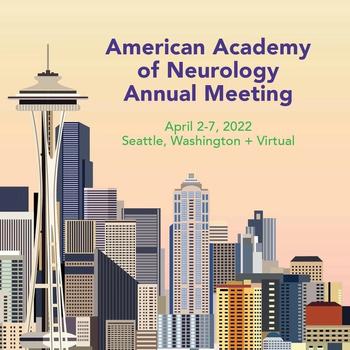
Through both 24 and 48 hours after single-dose treatment, 85% and 83% of patients, respectively, remained free of the need for rescue medication.

To build off the data, Cerevance plans on initiating additional phase 2/3 studies evaluating CVN424, including a trial assessing its potential as a standalone treatment.

Annual progression rates to dementia were 14.7% for those with mild behavior impairment and 8.3% for the those without neuropsychiatric symptoms, with reversion rates of 2.5% and 5.3%, respectively, for each group.

In a sensitivity analysis that excluded women with evidence of possible demyelinating events before MS diagnosis, the associations between pregnancy-related ICD-10 code recording and disease risk were even more pronounced.

FDA panelists expressed concern over the drug's efficacy and data analysis, indicating the need for a confirmatory clinical trial.

In preclinical studies, the investigational agent has demonstrated a clearance of both pyroglutamate modified and unmodified Aß plaque in brain tissue concentrations.

The neurologist and assistant professor at the University of Toronto addressed the issues within Alzheimer drug development, the boom of biomarkers, and how retinal imaging can have a multilevel positive impact.

A study recently demonstrated that targeting longer-term intensive blood pressure control over a 4-year period may be associated with a subtle but significant increase in cerebral blood flow.

The investigators concluded that the MIDAS questionnaire may be a useful tool in the development, testing, and prescription of cost-effective medications for those with migraine whose direct and indirect costs are high.

Patient respondents documented a minimum acceptable treatment benefit of 39% if it meant it reduced their risk of long-term problems from 10% to 0%, and a lower chance of benefit to undergo noninvasive over invasive surgery.

Abnormal scores on cognitive testing persisted in 50% of patients without a pre-COVID history of cognitive abnormalities, irrespective of the presence or absence of a neurological complication during hospitalization.

The decision expands the indication of Fintepla, developed by Zogenix, beyond Dravet syndrome to pediatric patients age 2 years and older with the developmental and epileptic encephalopathy.

Jefferson Kinney, PhD, founding chair of the department of brain health at UNLV, discussed the ways a new NIH grant will assist in building a robust neuroscience research infrastructure at the Center for Neurodegeneration and Translational Neuroscience.
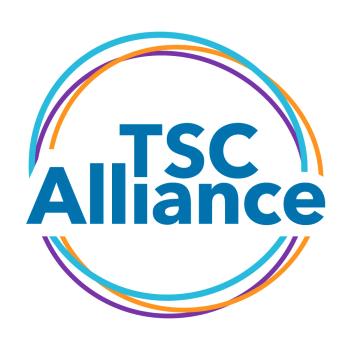
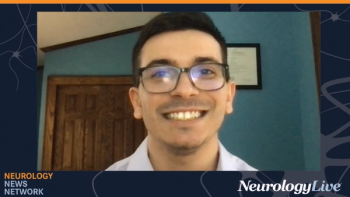
Neurology News Network for the week ending March 26, 2022. [WATCH TIME: 4 minutes]
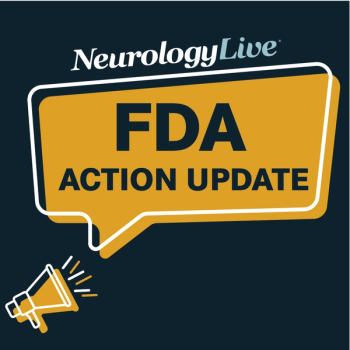
Catch up on any of the neurology news headlines you may have missed over the course of the last month, compiled all into one place by the NeurologyLive® team.

During Cerebral Palsy Awareness Month, leaders in the field expressed their love for the CP community, the progress made in managing the disorders, and the steps needed to advance care into a realm never before seen.